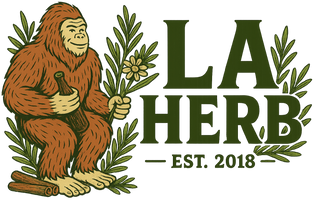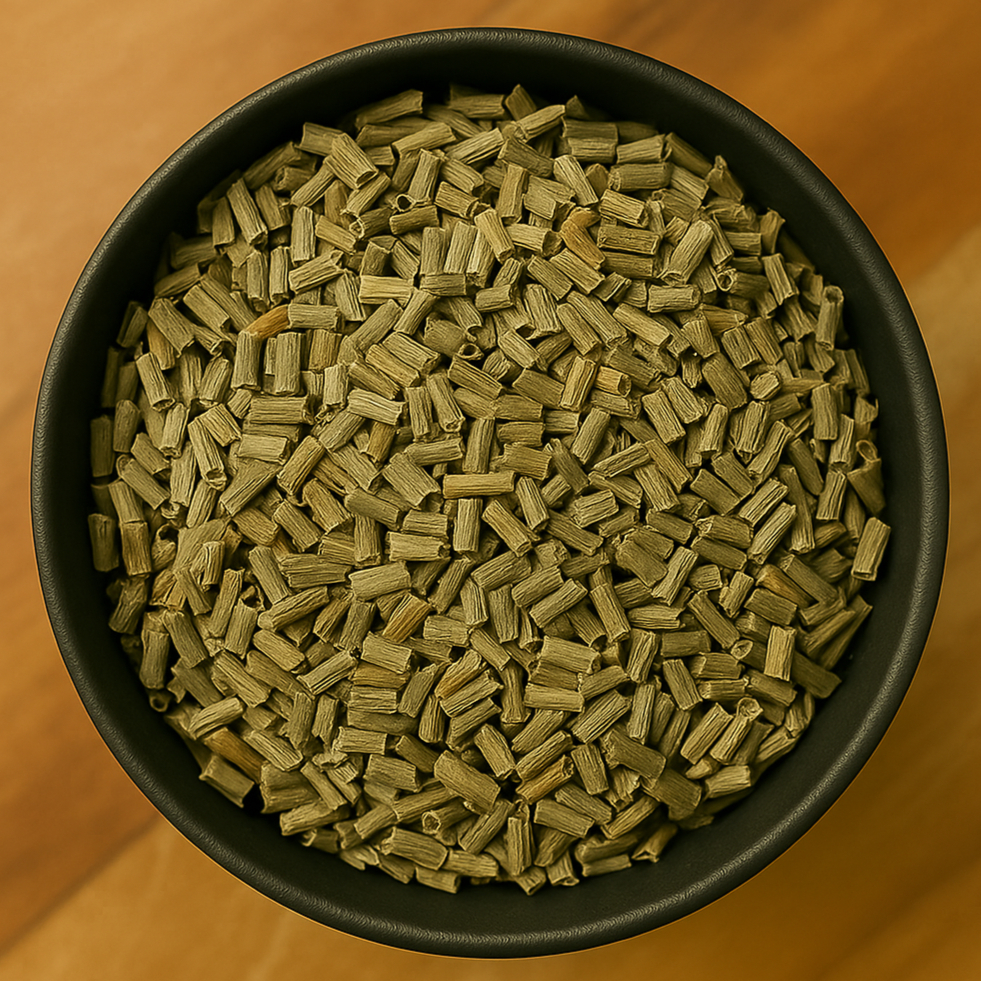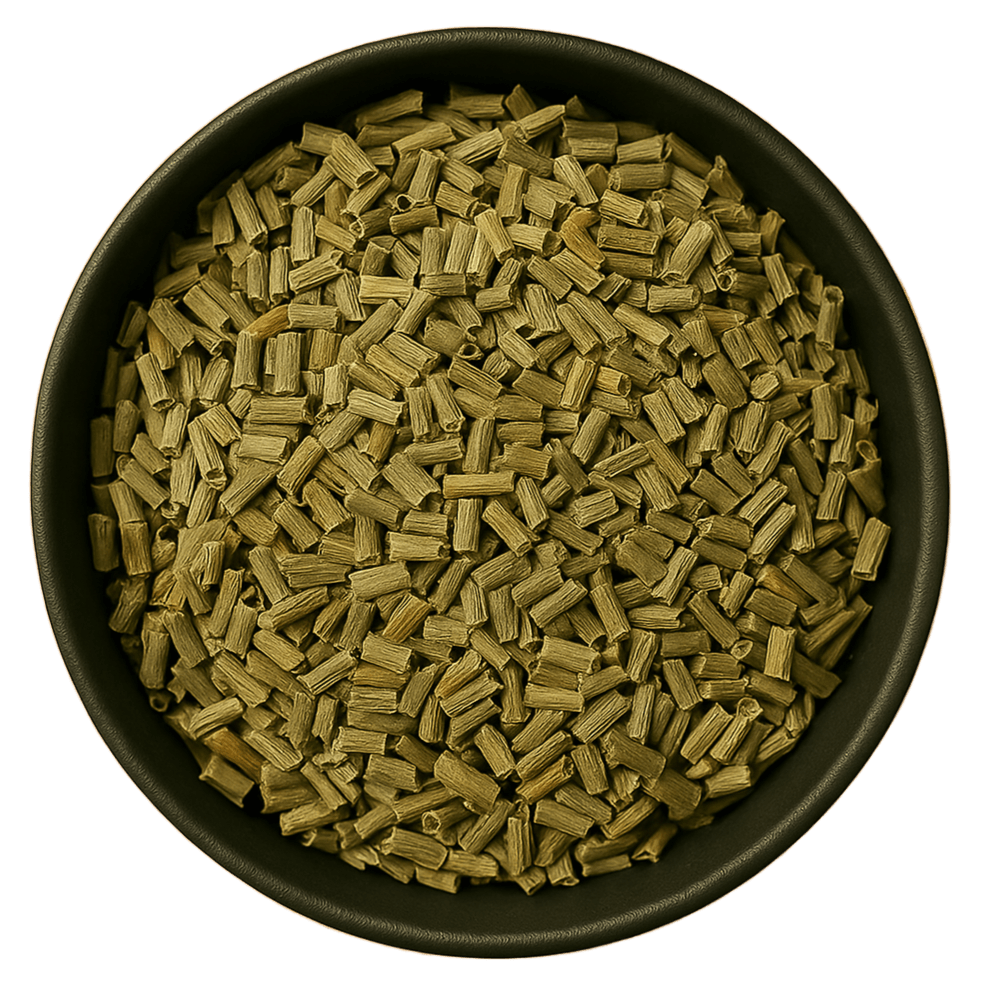Horsetail Stem Cut (Equisetum Arvense)
Horsetail Stem Cut (Equisetum Arvense) - 1 oz is backordered and will ship as soon as it is back in stock.
Couldn't load pickup availability
Horsetail Stem Cut (Equisetum arvense) is the dried and cut stem of a prehistoric-looking plant prized for its mineral-rich composition, especially silica, which supports the strength and repair of connective tissues, bones, hair, skin, and nails. This herb has been used in Western and traditional European herbal medicine for centuries due to its gentle diuretic, astringent, and tissue-toning properties.
Known for its ability to promote urinary tract health, Horsetail is often used in teas and infusions to support kidney and bladder function, especially in cases of water retention, gravel, or mild urinary discomfort. Its high silica content also makes it popular in formulations aimed at promoting strong bones, healing fractures, and improving nail or hair brittleness.
Horsetail Stem is typically cut into short segments, making it ideal for water-based preparations such as infusions, decoctions, or herbal baths. Externally, it can be used as a compress or soak to assist in wound healing, reducing swelling, or calming inflamed skin.
Each batch of Horsetail Stem Cut (Equisetum arvense) is carefully dried to retain its natural mineral profile and therapeutic potency, offering a versatile botanical for both internal support and topical applications. Always consult with a qualified practitioner when using horsetail internally for extended periods, especially for individuals with kidney issues or mineral imbalances.
Also Known As: Herba Equisetum, Mu Ze Cao, Common Horsetail, Shavegrass, Equisetum arvense, Field Horsetail Herb, Horsetail Stems, Scouring Rush, TCM Horsetail
Nutrients: Silica, flavonoids (apigenin, luteolin), alkaloids (equisetine), potassium, manganese
Notes: Used in TCM to brighten the eyes and relieve inflammation. In Western herbalism, often taken for hair, skin, and nail health due to high silica content. Not suitable for long-term use without supervision due to potential thiaminase activity.






